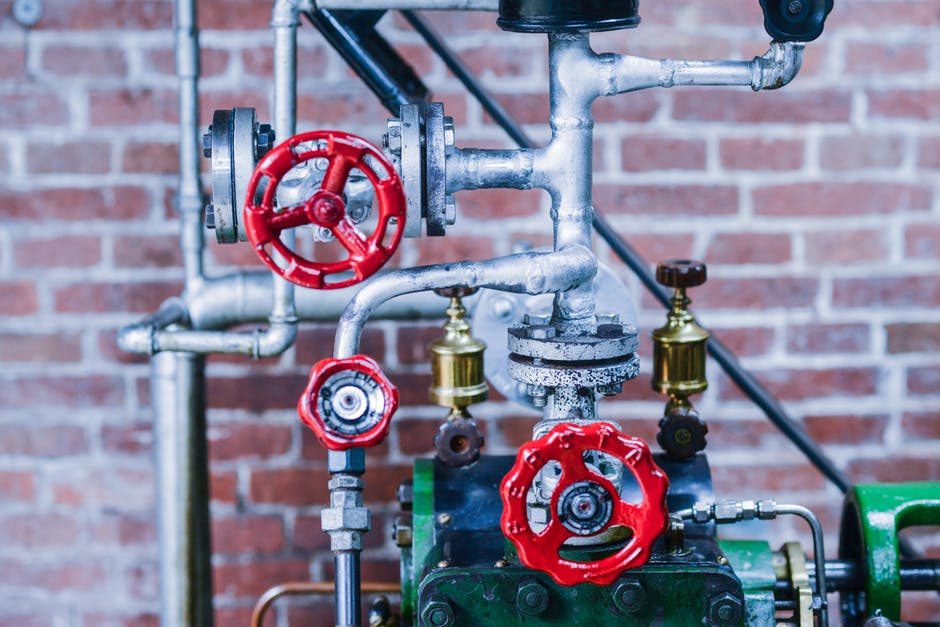How to Extend the Life Cycle of Valves and Valve Automation

Shut off valves are a cornerstone of many industries – in fact, the market size for these valves is expected to reach $78.9 billion by 2026. But industrial valves see heavy use, and without proper maintenance, they can sustain lasting damage.
A single valve malfunctioning can be catastrophic for any industrial process. The need to replace even one shut off valve can bring processes screeching to a halt. Over time, broken or damaged valves can have a serious impact on your business – and on your business’s bottom line.
So what can you do to extend the life cycle of your valves, and what should you do when they’re no longer working as intended? Read on, and we’ll tell you everything you need to know.
Valve Automation
More and more plants choose to increase their efficiency by automating their valves. But did you know that valve automation can impact the life cycle of your valves?
The cycle rate of a valve measures the frequency with which it is actuated. A high cycle rate can cause heat and friction in the valve. These can both do damage to the seals, which increases the risk of leaks.
It isn’t usually worth it to compromise your plant’s efficiency by limiting automation. The best way to manage the stresses placed on your valves by automation is through frequent maintenance. A little extra attention to your valves can expand their life cycles and keep your plant running smoothly, offsetting any maintenance costs.
Regular Maintenance
Staying on top of your shut off valves’ maintenance needs is one of the easiest ways to keep them in working order. The good news is that you can make preparations to maintain your valves before you buy them or have them installed.
You should always use three-point valves, rather than one or two-point valves. Three-point ball valves are designed so that the seals and center section can be replaced easily, whereas you can’t take one or two-point valves apart at all. Although you will need to pay for any repairs, you will make huge savings overall, as you won’t need to replace your valves so often.
It’s also worth your while to carry out regular preventative maintenance on your valves. Use your plant’s annual shutdown time to have all valves inspected, so they can be repaired or replaced if necessary.
Valves that experience more stressful conditions, such as higher temperatures or higher pressure, should be checked more frequently. Not only are they more likely to suffer damaging wear and tear, but they’re also more likely to create dire consequences for your plant if they fail.
Cleanliness and Lubrication
Contaminated media can destroy your valves fast if left unchecked. Water, metal shavings, and dust that aren’t meant to pass through your valves can do serious damage to their seals. That’s a quick route to costly, damaging leaks in your plant.
You can help keep your valves clean by using the right filtration system. You should also clean your ball valves at least once a year, though you should take care to use cleaning agents that won’t damage the seals or valve materials.
If you’re worried about the smooth flow of media through your valves, you should also lubricate your valves regularly. Lubrication can help reduce wear on valve seals by limiting the friction of regular opening and closing. It can also help to minimize the impact of debris, in case it’s been a while since you last cleaned your valves.
Like cleaning agents, the wrong lubricant can do more harm than good for your valves. In general, you should stick to oil-based lubricants which are insoluble in water. But it’s always a smart idea to check whether a specific lubricant is compatible with your valves.
Pressure and Temperature
Temperature extremes, whether hot or cold, can do damage to almost any part of your valve.
At temperatures below 32°F, moisture can freeze, and those frozen shards of ice can slice into your valves’ seals. Even worse, moisture could also freeze on the moving parts of your valves. This could prevent them from opening or closing as intended, and bring your plant to a halt.
On the other end of the spectrum, high temperatures can cause valve seal material to break down. If your valves are automated electronically, you should also be aware that extreme heat can melt the material containing the coil, causing it to fail.
Extreme temperatures and high pressure frequently go hand in hand, and both can be highly damaging to your valves. High pressure can do damage to valve seals, and can even cause parts of your valve to crack or break. This level of damage can be disastrous for your plant.
Valves in these conditions will need more frequent maintenance and repairs than other valves. You should also be aware of the temperatures and pressure levels for which your ball valves are rated, and never exceed those ratings.
Support for Shut Off Valves
Your shut off valves do crucial work for your plant. They endure extreme conditions to keep your media flowing freely, without demanding more than occasional preventative maintenance or repair. By looking after your valves the way they deserve, you can keep your plant as safe and efficient as possible, well into the future.
At Anything Flows, we provide tailor-made valve solutions with your needs in mind, driven by our years of industry expertise. We also support repairs, upgrades, and preventative maintenance, so we’ll never leave you high and dry.
Contact us today, and let’s talk about what we can do for you!
